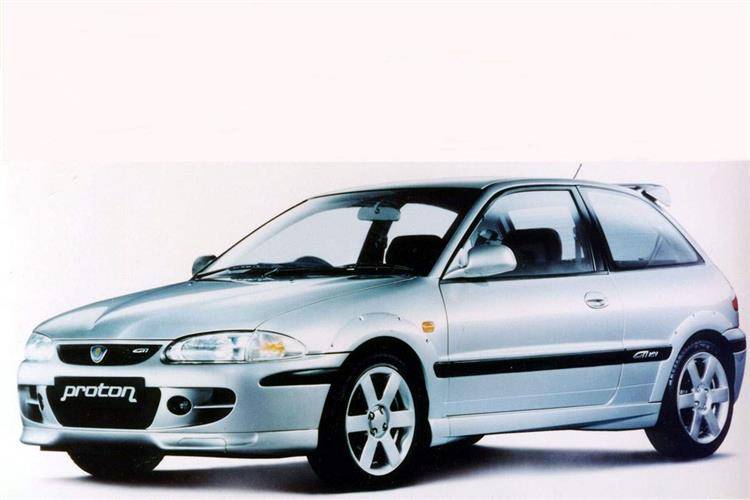"All images Magneto Gary Irwin's 1959 Porsche 356 was imported to UK in June 1999, when the bodywork restored and refinished by Andy Barry of Southend. The car was originally Ruby Red but was refinished by Andy in Aetna Blue, an original Porsche "

When carmakers shared tech for the better (and worse)
Because sharing is good (some of the time)
The warm fuzzy feeling you get from sharing is one of those things we all enjoy. Oddly, this sharing business also gives carmakers that same feeling. As over the years, many of them have shared R&D tech by working on cars wearing a different badge.
Lots of trouble usually sharing
Every petrolhead knows the story of the Lotus Carlton. Where the Hethel based outfit took a very humdrum Vauxhall Carlton, added a pair of T25 turbochargers and a bunch of engine and handling witchcraft creating a 377bhp super-saloon quicker than any rival with an ‘M’ or ‘AMG badge on its bootlid.
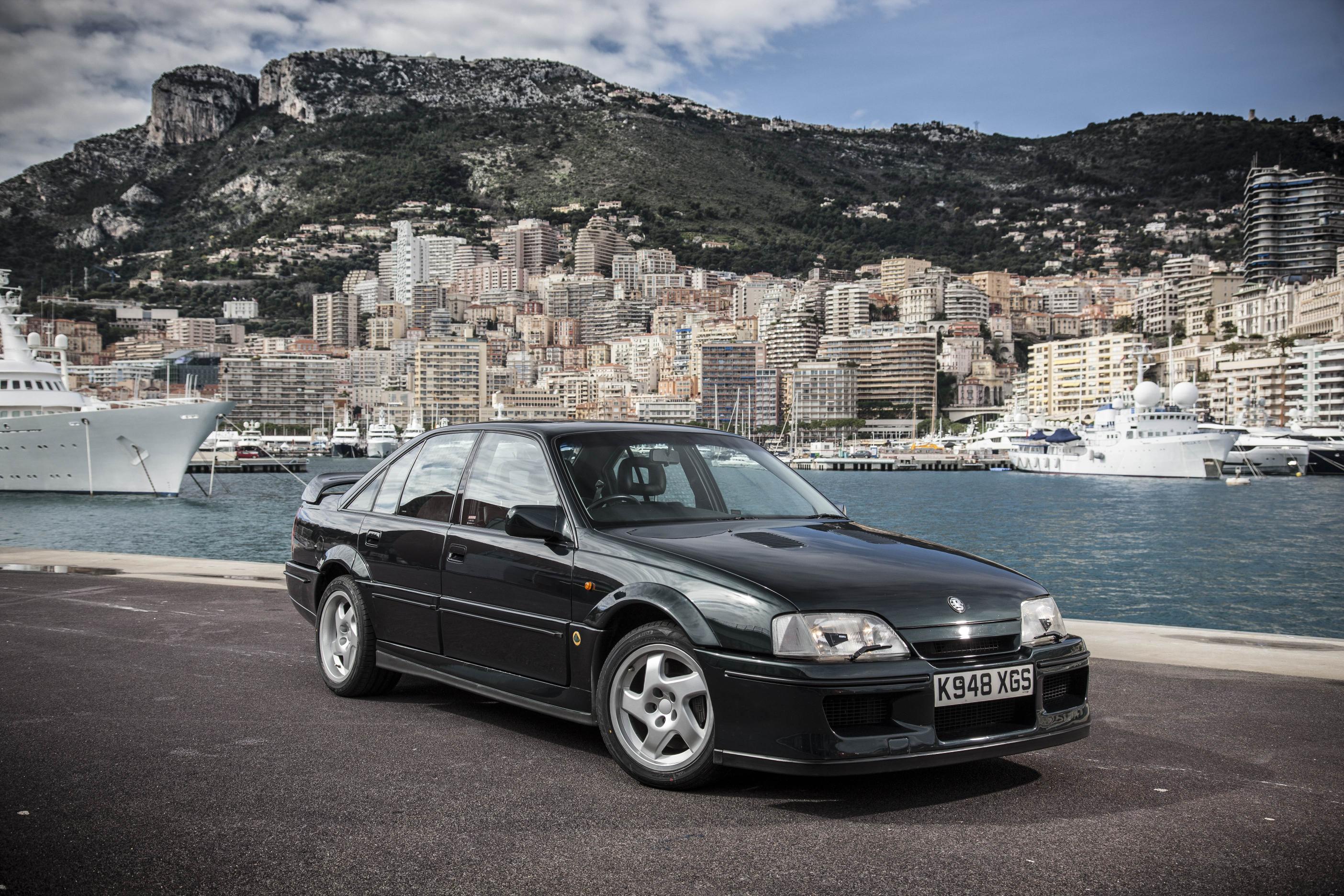
Other notable ‘Lotus can work their magic’ moments include the Delorean DMC-12. As in 1978, Delorean had built a prototype that according to simulations, would kill its occupants in a crash at just 26mph. To fix this, company founder John Delorean tasked Lotus with a complete reengineering of the car in only 18 months.
By late 1980 Lotus had pushed the DMC-12 from a shoddily designed prototype to a working car. All while managing to keep the space-age Ital Design bodywork intact despite a complete redesign under the skin.
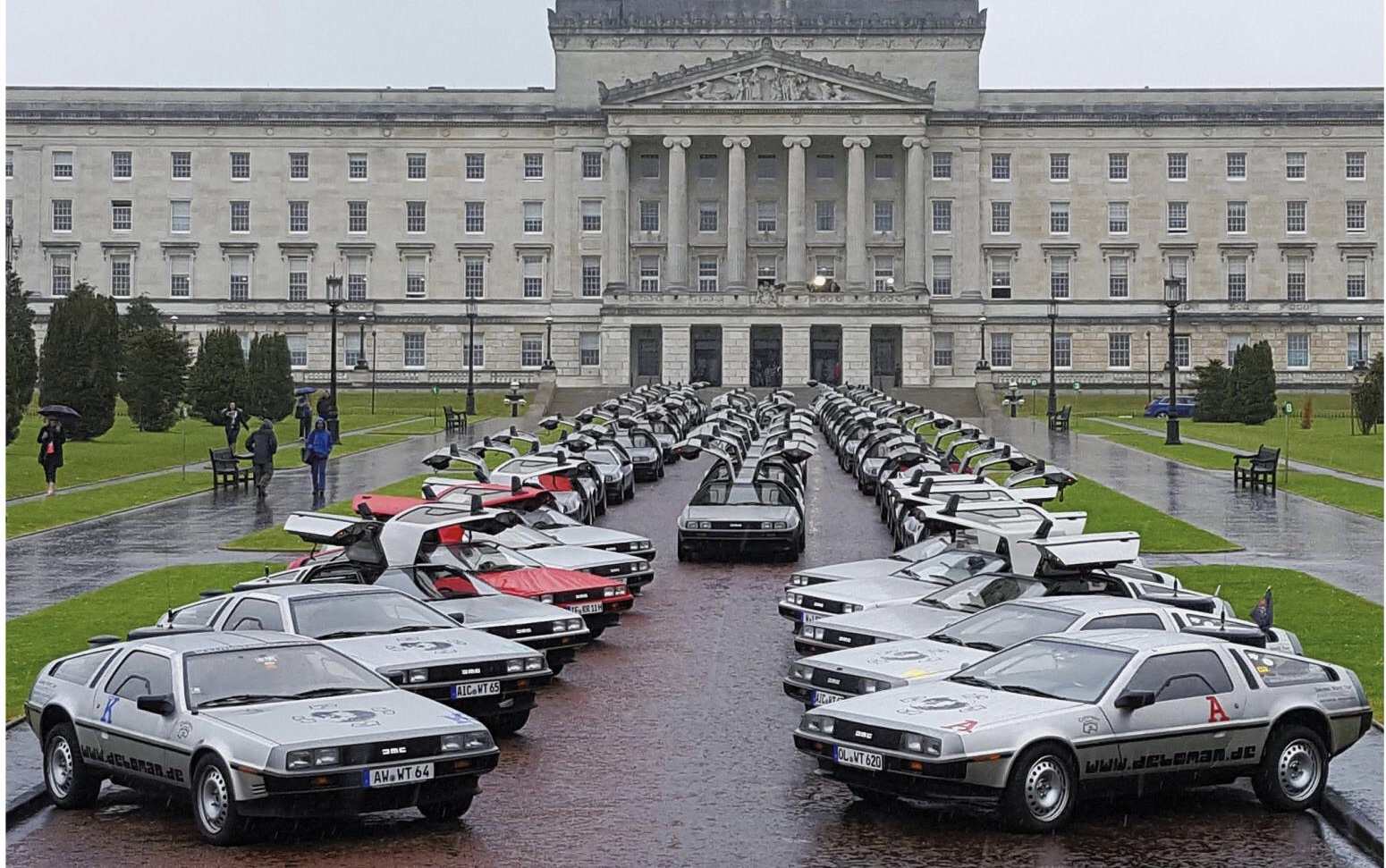
Now for a car that did actually benefit from Lotus working their magic – the Proton Satria GTI.
Proton asked the team in Hethel to tune the car’s suspension. And by all accounts, they did a great job receiving plaudits from the UK press who at the time praised the precise nature of the front-wheel-drive chassis setup, even if they were less complimentary about its engine.
A marriage more awkward than Hamilton and Alonso
In a marriage made in Formula 1, Mercedes and McLaren found themselves in a most unlikely of all automotive unions. Since 1999, Mercedes had been touting the prototype around before joining forces with McLaren to actually build it in 2003.
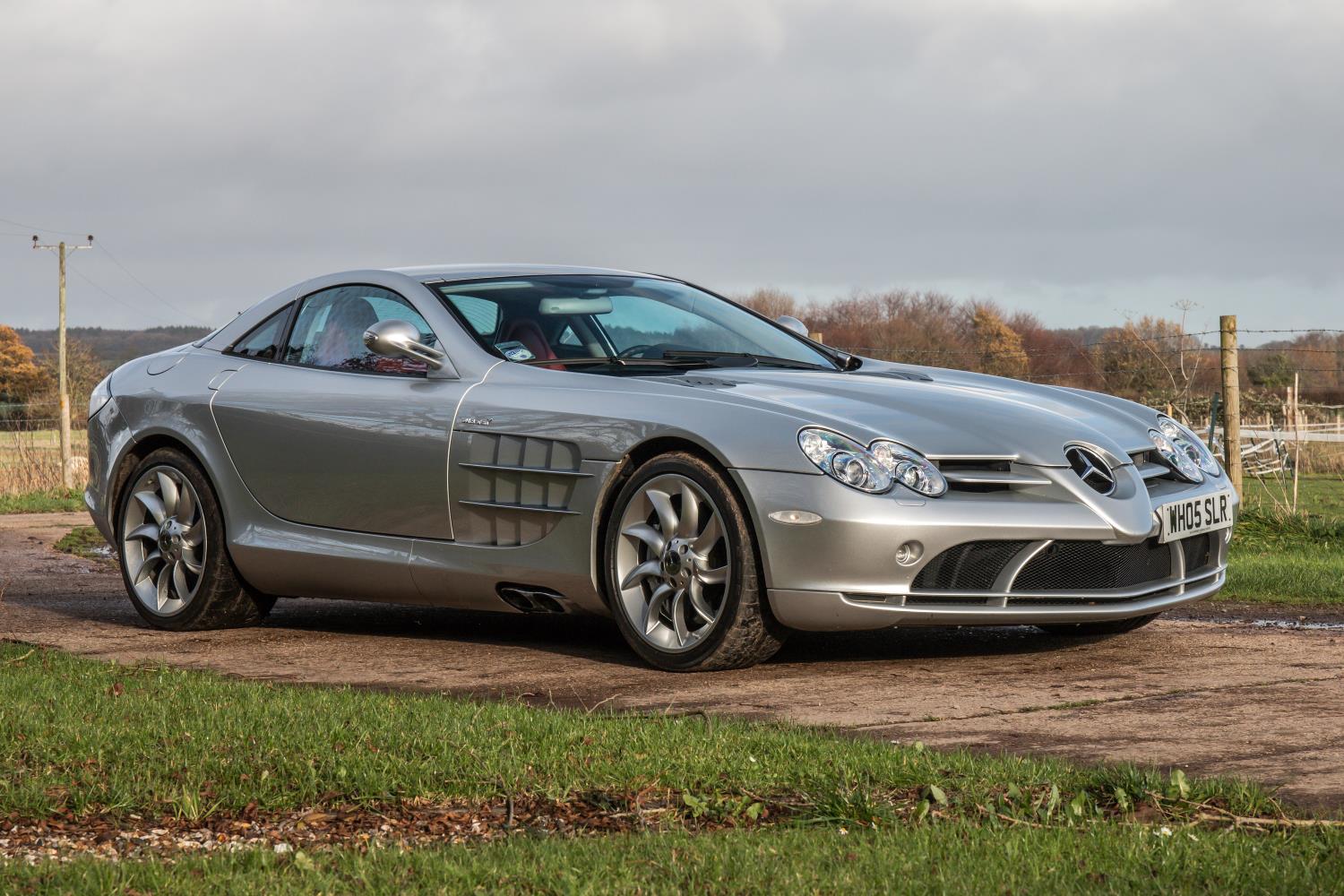
All of the 2,157 cars built were produced at Woking in what should have been a marriage made in heaven for the two carmakers. Yes, the SLR had a supercharged V8, a colossal 617bhp, and a lofty 207 mph top speed giving it near hypercar credentials. But it also got a five-speed auto box and a confusing spec putting it somewhere between a supercar and super-GT.
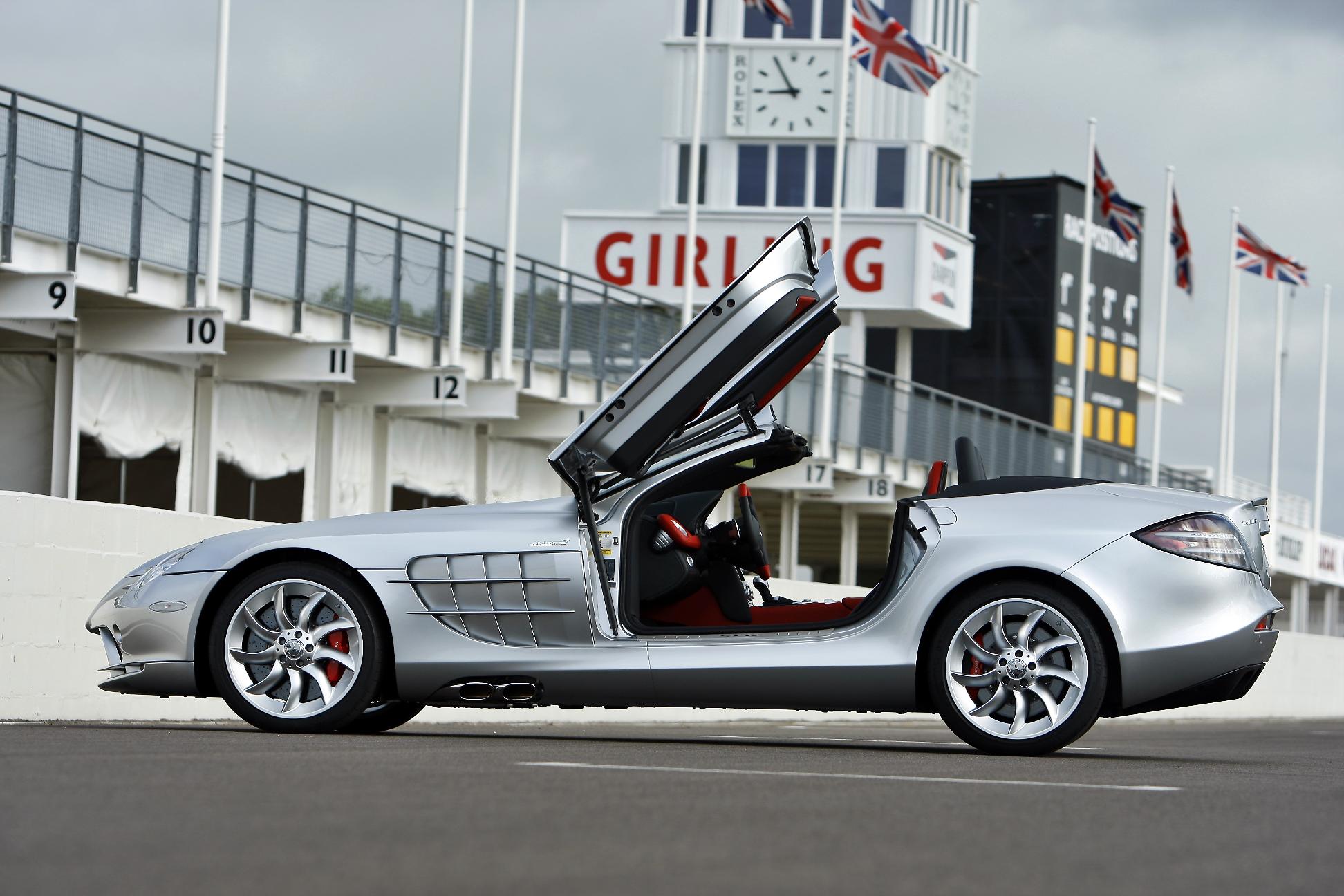
When is a Porsche not a Porsche?
When it wears an Audi badge of course. The RS2 was a super-quick estate owing more to Zuffenhausen than Ingolstadt, thanks to a litany of Porsche internals.
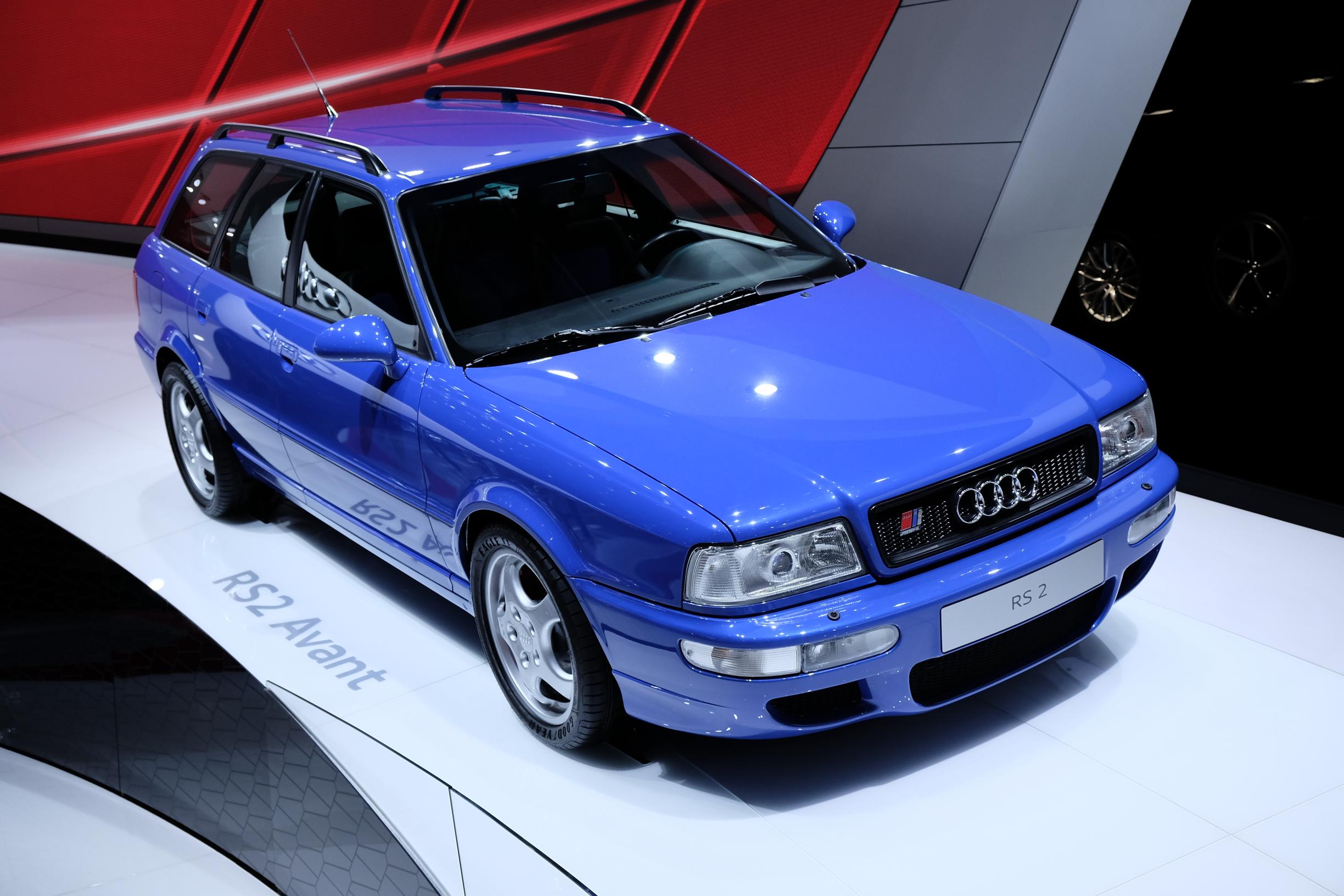
Modified Audi 80 estate shells were shipping to Porsche’s Zuffenhausen factory, where a 2.2-litre five-cylinder turbocharged engine was fitted, along with a reworked six-speed manual gearbox and Porsche 968 Clubsport wheels, tyres and brakes.
The result was a 311bhp future classic of an estate that could sprint from 0-62mph in 5.4 seconds before hitting 163mph. Which in 1994 was savagely quick.
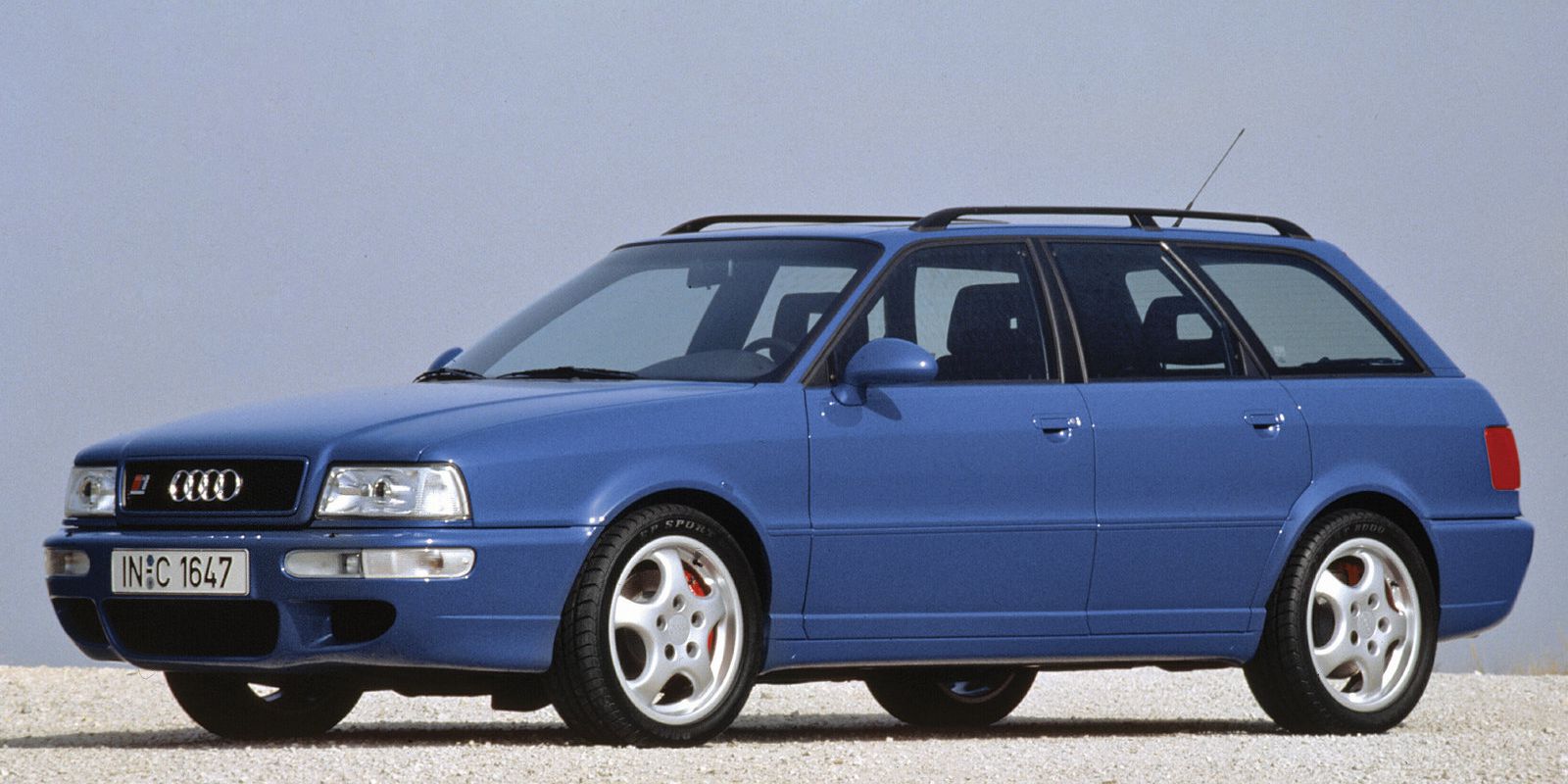
Porsche already had gained experience of sharing earlier in 1989, when Mercedes-Benz commissioned the development of the W124 based 500 E to Zuffenhausen. This was to shoehorn in a 5.0-litre V8 engine, which required Porsche to rework the chassis to make it fit. All of this additional girth had a knock-on effect, with the car’s widened bodywork being unable to fit through the W124 assembly line leading to Porsche assembling the car at their Zuffenhausen facility instead.
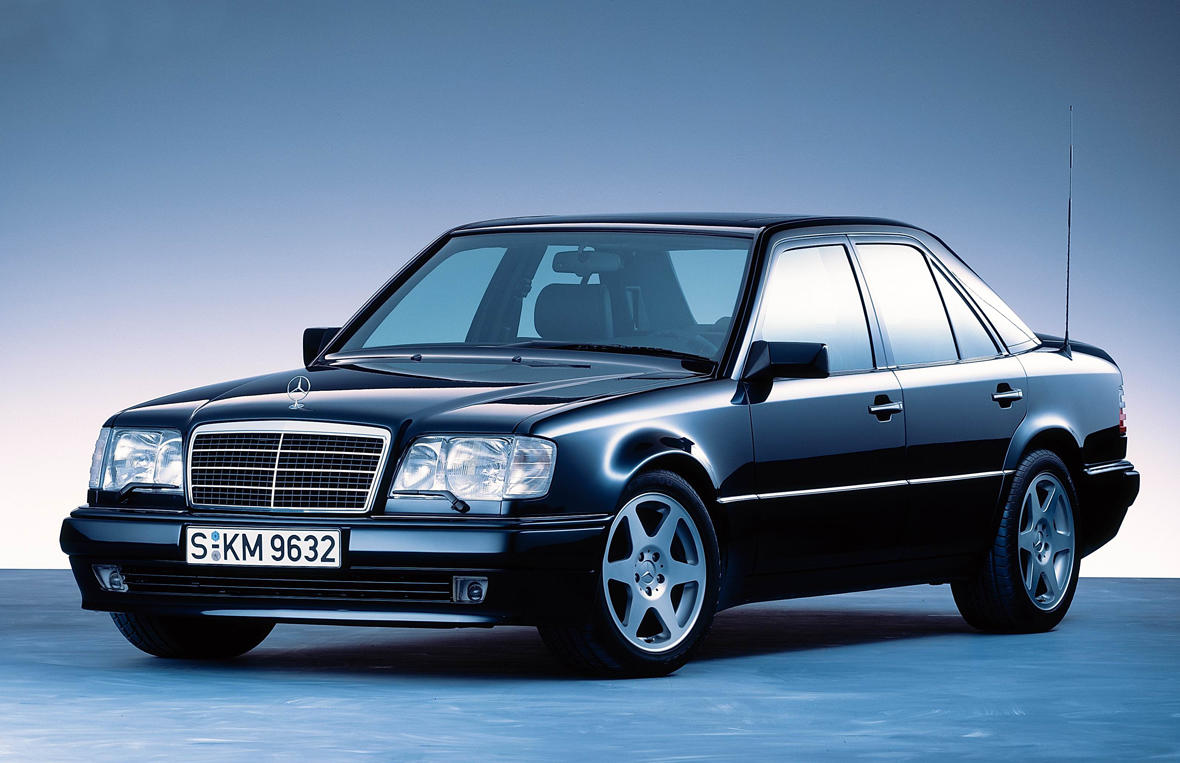
Dark ages power and the (one time) fastest car in the world
In a case of Morgan, well, being all very Morgan-like, the Plus 8 was killed off in 2018 with a final production run of 50 cars. One to celebrate each year of production. From 2004 onwards, the Plus 8 got an N62 BMW V8 engine in varying forms. For anyone that knows about engines, this V8 was introduced in 2002. Which is practically from the dark ages due to its age.
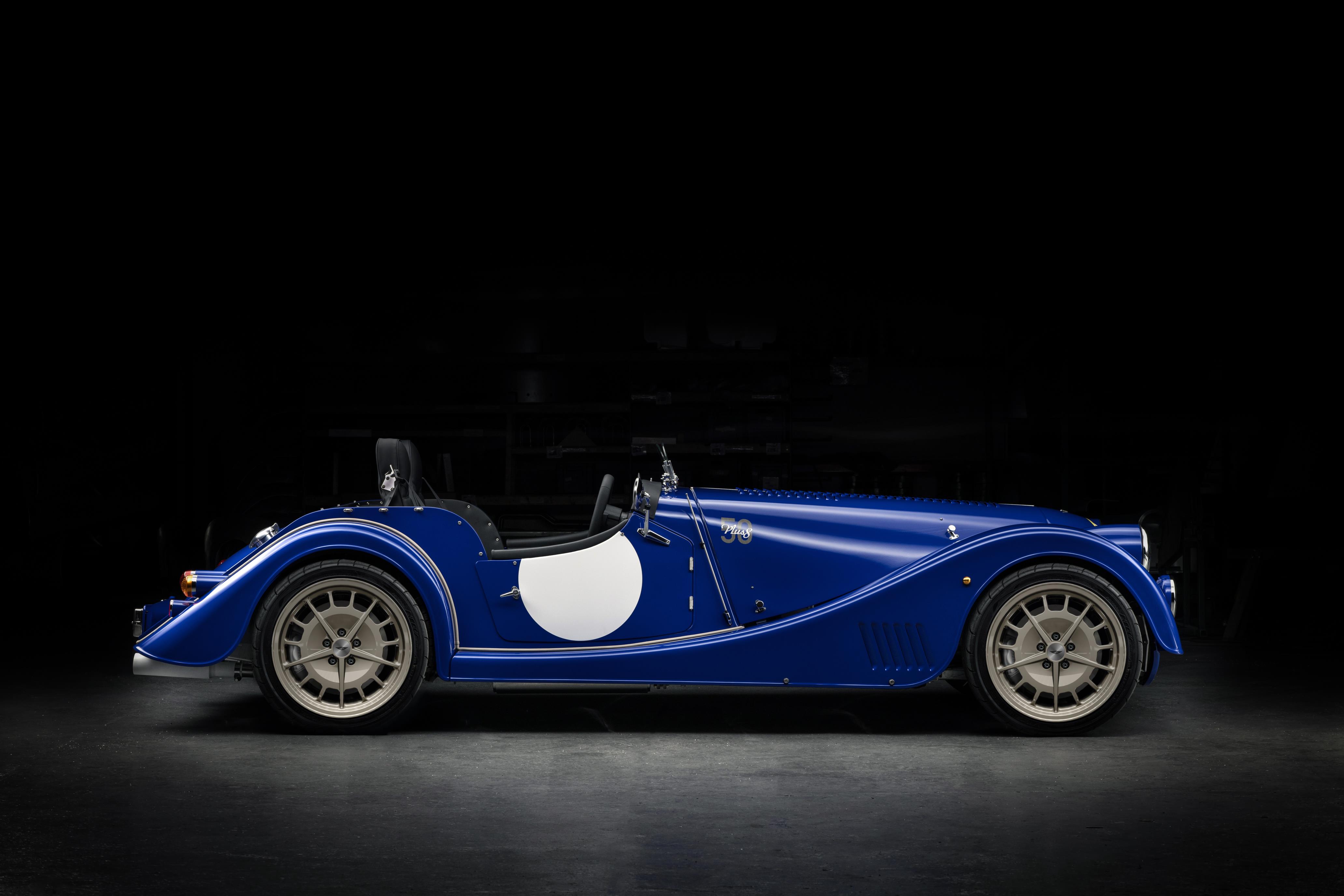
The final example of the positive impact of sharing stays with BMW, who had a hand in powering the one time fastest car in the world – the McLaren F1.
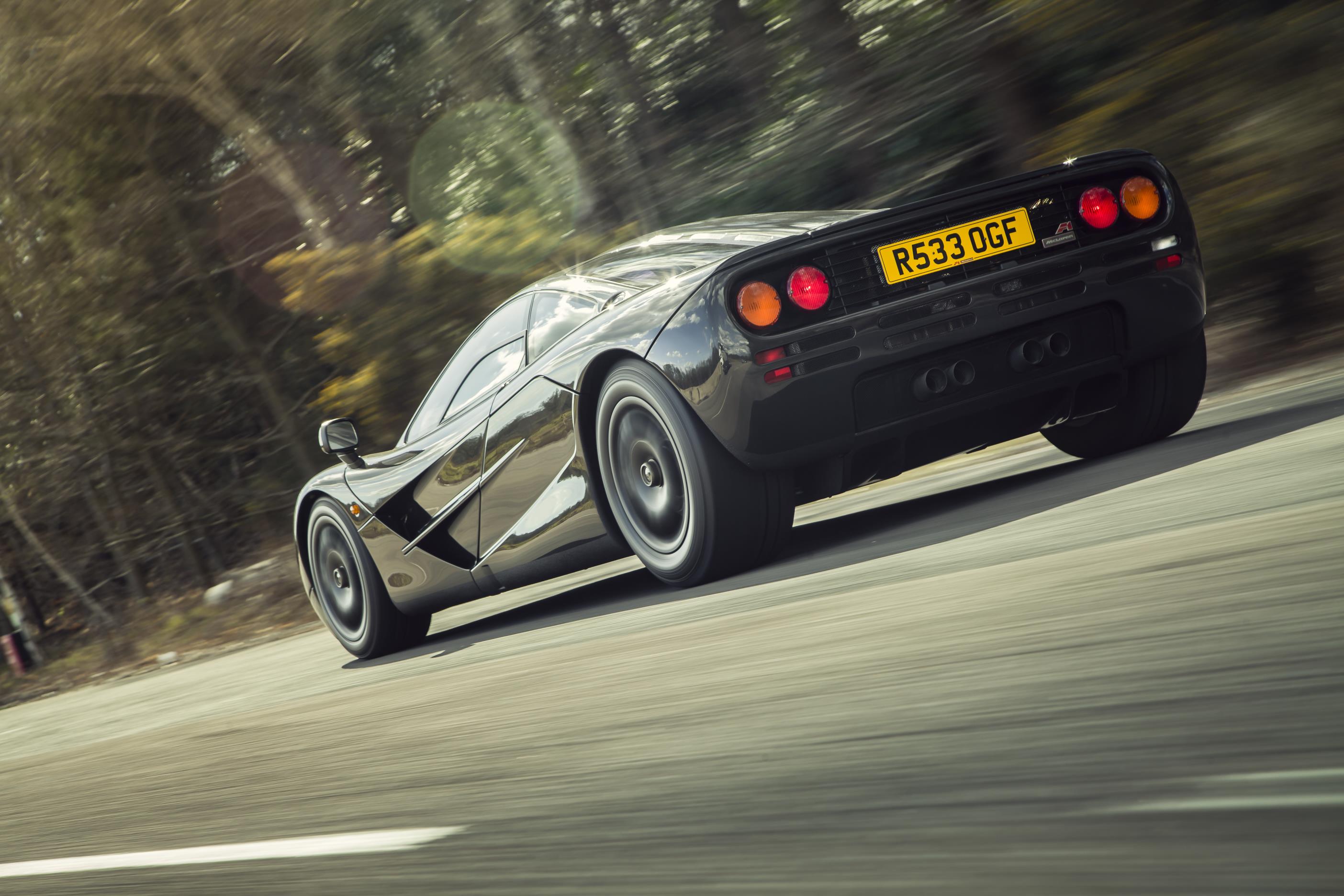
After Honda passed on building an engine for the F1, McLaren turned to BMW for a 6.1-litre V12 pushing out 627bhp.
This proved to be a good move, with the XP5 prototype hitting 240.1mph in 1998 taking the world record for world’s fastest production car in what is now a highly desirable classic hypercar.
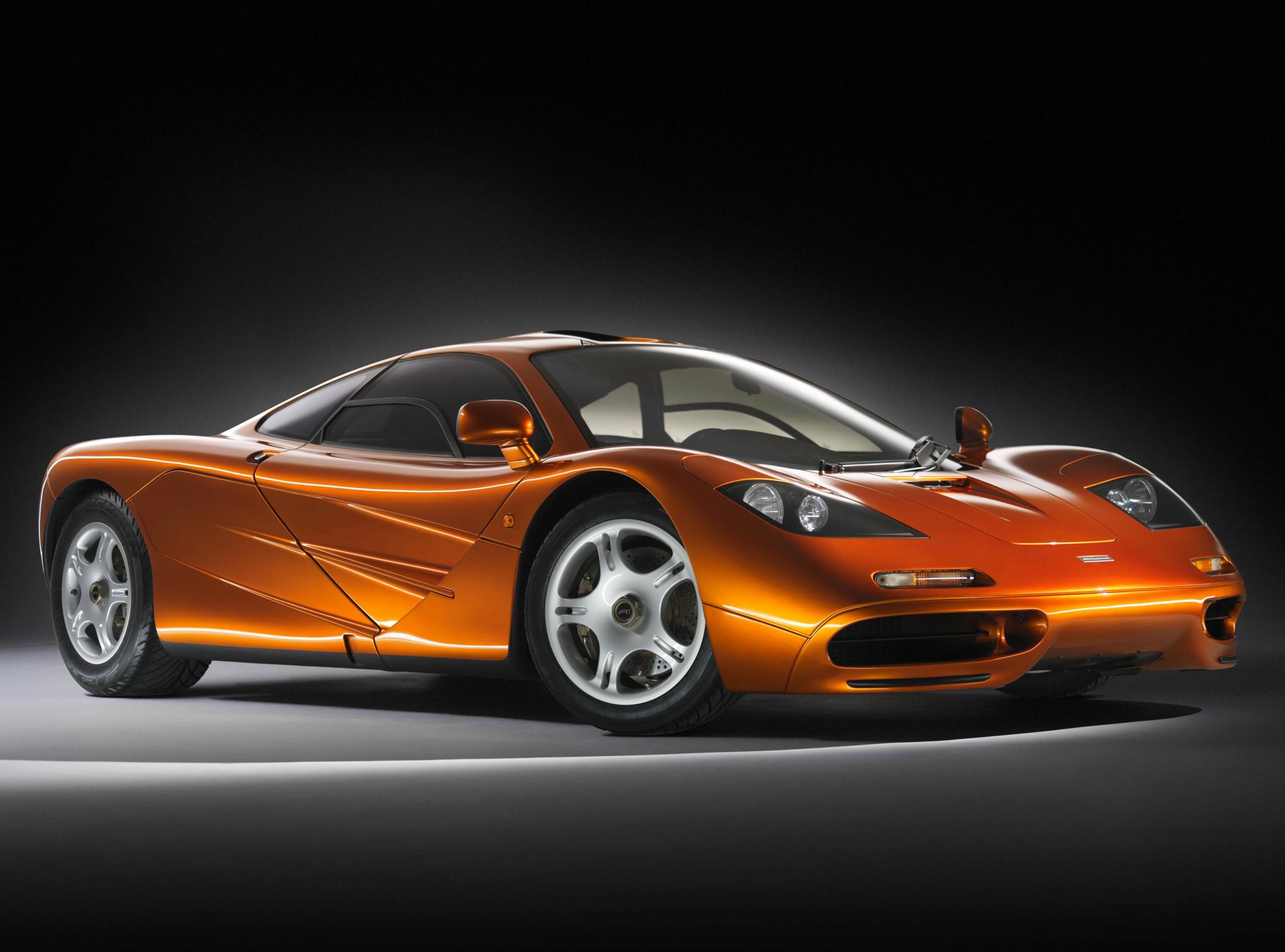
CLICK TO ENLARGE

